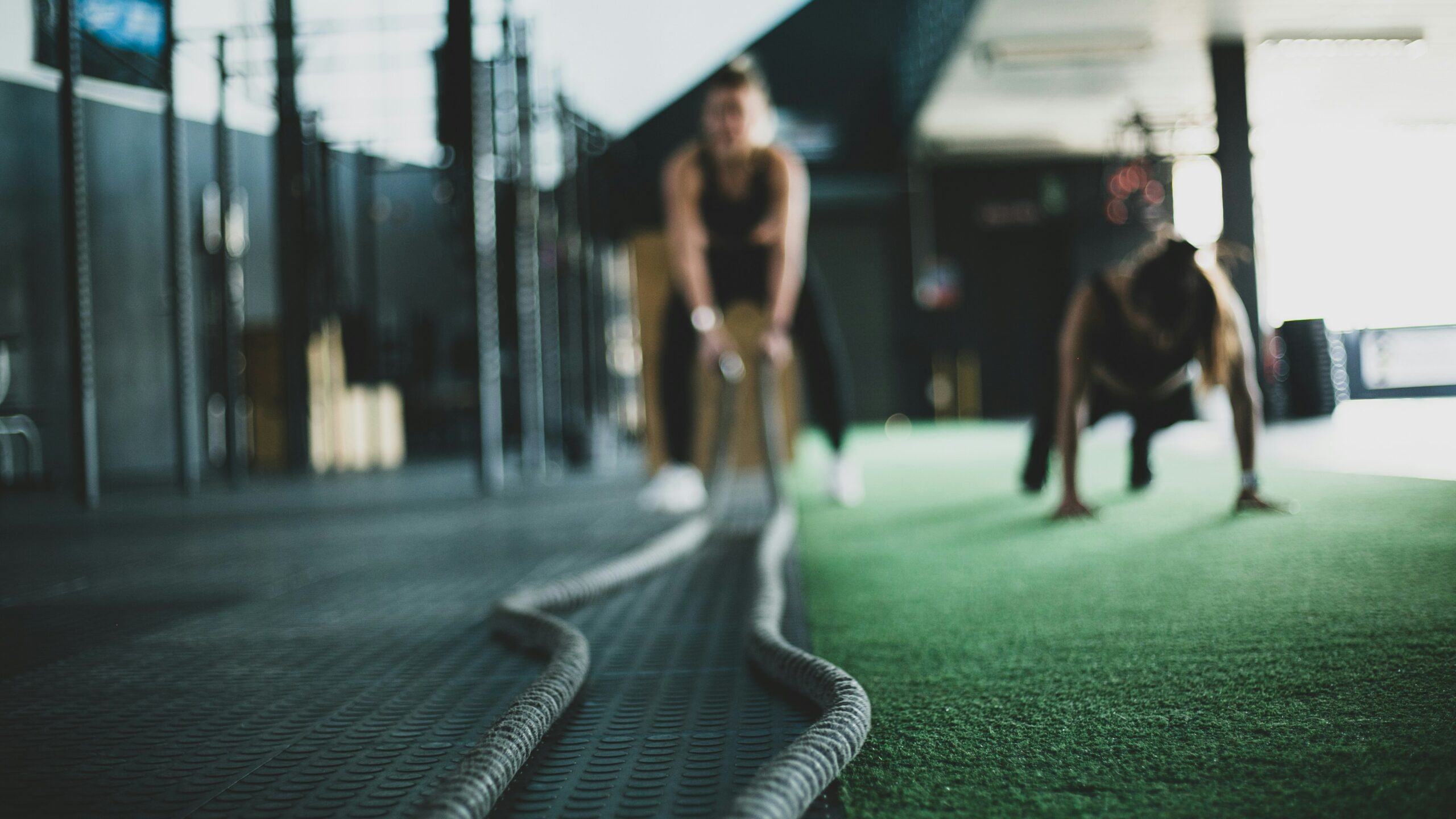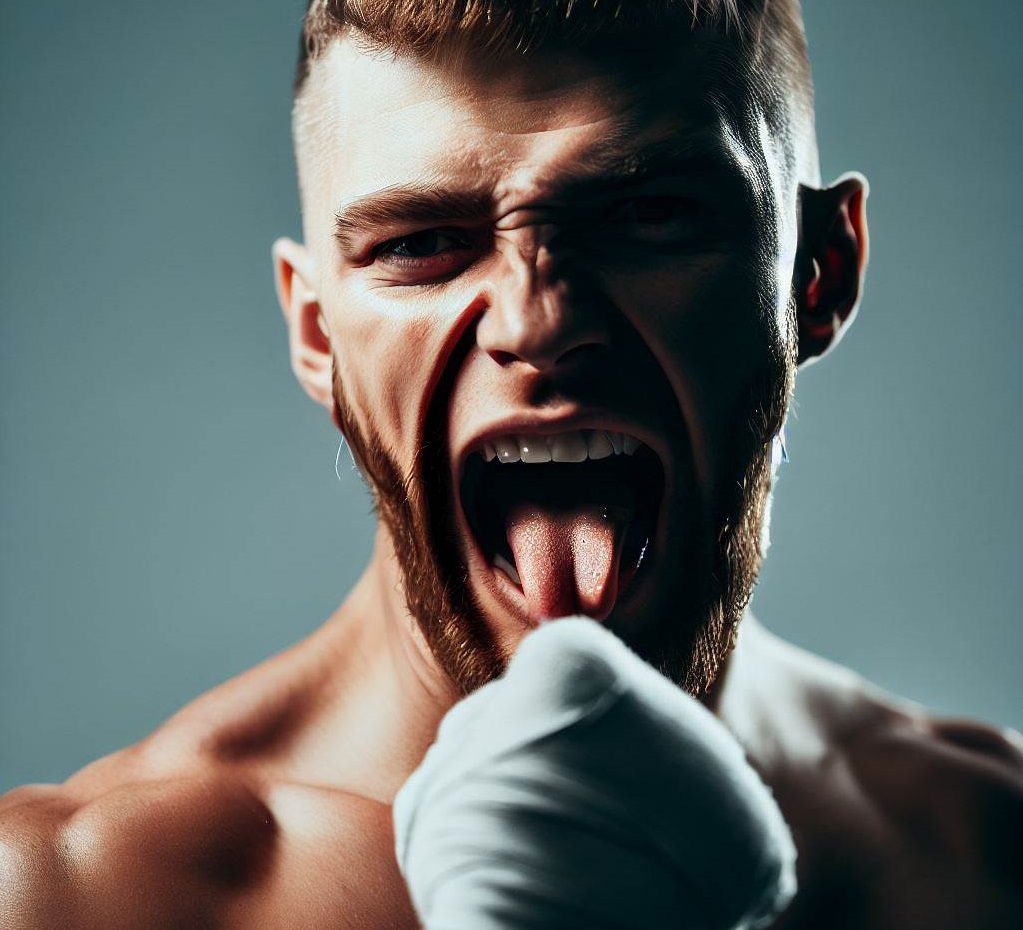Muay Thai has deep roots in Thai culture and history. From its origins as a martial art for warfare to its status as a modern sport, the development of Muay Thai has been significant. A key component of this evolution is the training equipment that has helped fighters refine their skills and adapt to changing demands.
Traditional Equipment: The Beginning
In its early days, Muay Thai was more than just a sport; it was an art of survival on the battlefield. Training was rigorous and minimalist, utilizing what was available in the environment. Fighters wrapped their hands and forearms with ropes or fabrics, known as “kard chuek,” for protection and to enhance striking power. Sometimes, these wrappings were dipped in resin and covered with glass or shells for actual fights, adding lethality to strikes.
Natural materials were used to strengthen bones and joints. Fighters would strike banana trees, hard surfaces, and even stones to increase the endurance and hardness of their limbs. This approach was effective but often led to injuries and long-term health consequences.
Transition to Structured Equipment

Over time, Muay Thai began shifting from a military art to a sporting discipline. This required a more structured approach to training and safety. Early versions of gloves, similar to boxing gloves, replaced traditional wrappings. This not only reduced the risk of serious injuries but also allowed fighters to train more intensively and regularly.
Punching bags became an integral part of training. Initially made from readily available materials like fabrics filled with sand or rice, these bags allowed fighters to practice strikes with greater power and accuracy without risking injury to a training partner.
Introduction of Modern Technologies
In the second half of the 20th century, with globalization and the growing popularity of Muay Thai, training equipment began to modernize actively. Specialized Muay Thai gloves appeared, differing from boxing gloves with greater flexibility and lightness, allowing effective use of clinches and grabs.
Shin guards and leg protectors became standard, providing safety during the practice of kicks and knee strikes. The materials used in their manufacture were constantly improved, becoming lighter and more durable through the use of synthetic leathers and foam materials.
Innovations in Training Equipment
Modern technologies have significantly contributed to the development of Muay Thai training equipment. High-tech materials like EVA foam and gel fillers are used to improve cushioning and protection. This allows fighters to train with greater intensity and less risk of injury.
Electronic trainers and sensor bags have become a new step in training. They can measure the strength, speed, and accuracy of strikes, providing valuable information for fighters and coaches to analyze and improve technique. Virtual reality and simulators are also beginning to find applications, especially when access to sparring partners is limited.
Impact of Equipment Evolution on Training Processes
With the development of equipment, training methods have also changed. Modern Muay Thai gyms are equipped with everything necessary for the comprehensive development of a fighter, from cardio machines to specialized equipment for practicing specific techniques. This allows for a more scientific and individualized approach to training.
Protective equipment facilitates safer sparring practice, which is especially important for professional fighters aiming to prolong their careers without serious injuries. Moreover, it opens doors for more people, including amateurs and children, who can engage in Muay Thai without excessive risk.
Integrating Tradition with Innovation
The evolution of Muay Thai training equipment reflects a balance between preserving traditional practices and embracing modern advancements. While cutting-edge gear enhances safety and performance, many fighters still incorporate age-old methods into their routines. For example, conditioning exercises using natural elements like sandbags or wooden poles remain popular for building strength and endurance.
This integration allows practitioners to honor the art’s rich heritage while benefiting from technological progress. It fosters a training environment where the wisdom of the past meets the innovations of the present, leading to more well-rounded fighters. By combining traditional techniques with modern equipment, Muay Thai continues to evolve without losing its cultural essence.
The ongoing dialogue between old and new ensures that Muay Thai remains dynamic and relevant. As the sport grows globally, this fusion of tradition and innovation will likely continue, driving further advancements in training equipment and methodologies. It’s a testament to the art’s adaptability and the enduring spirit of its practitioners.





